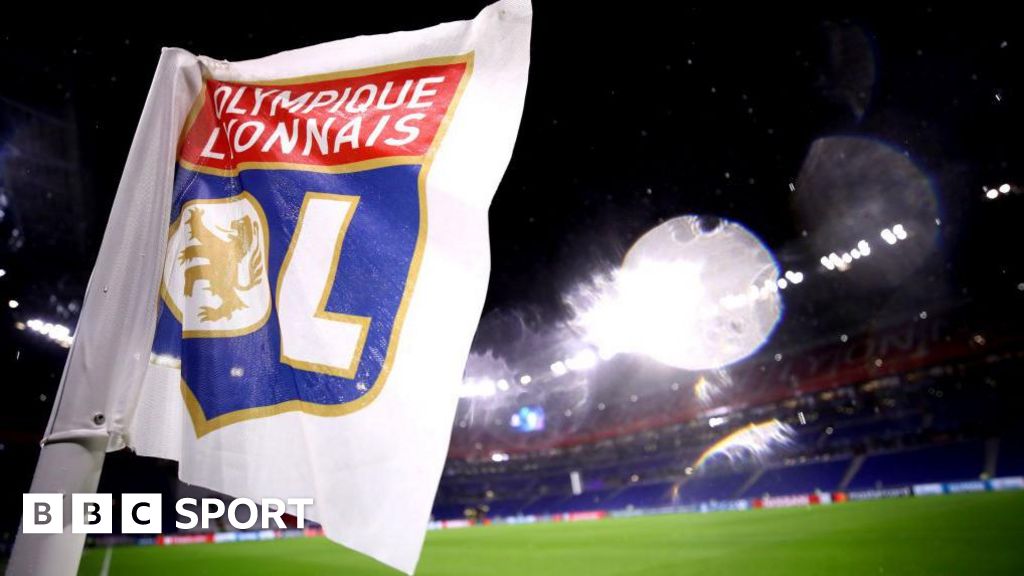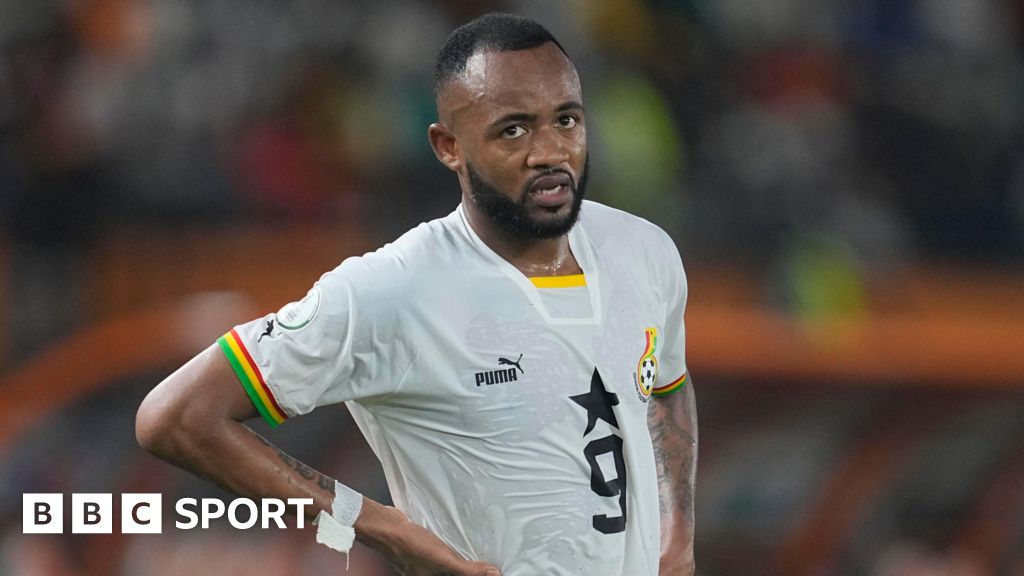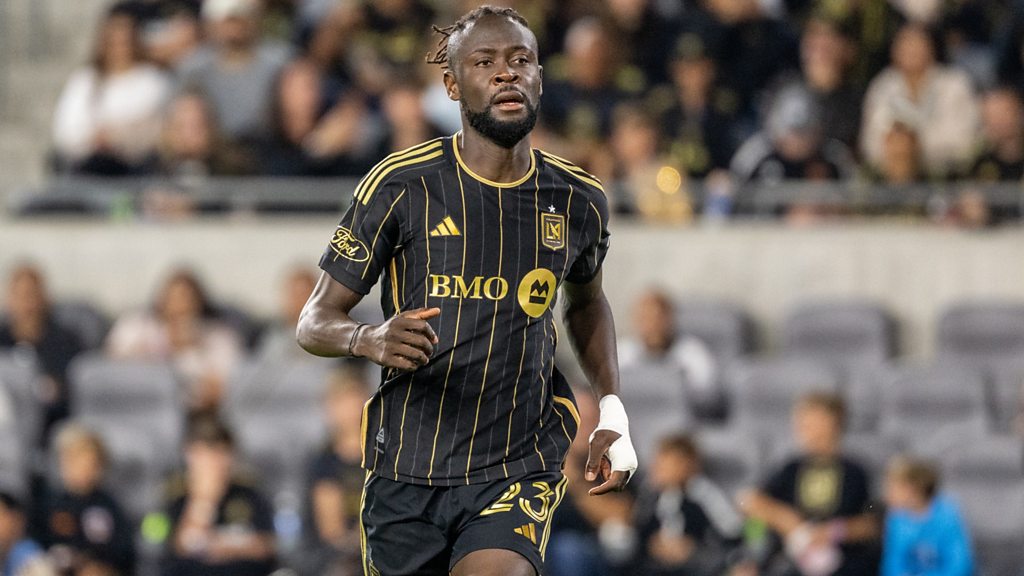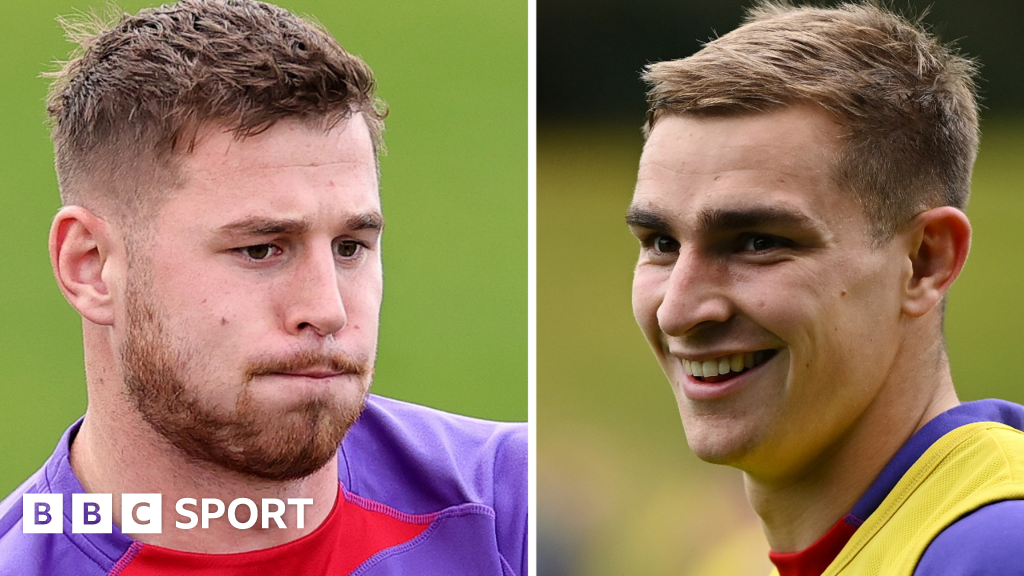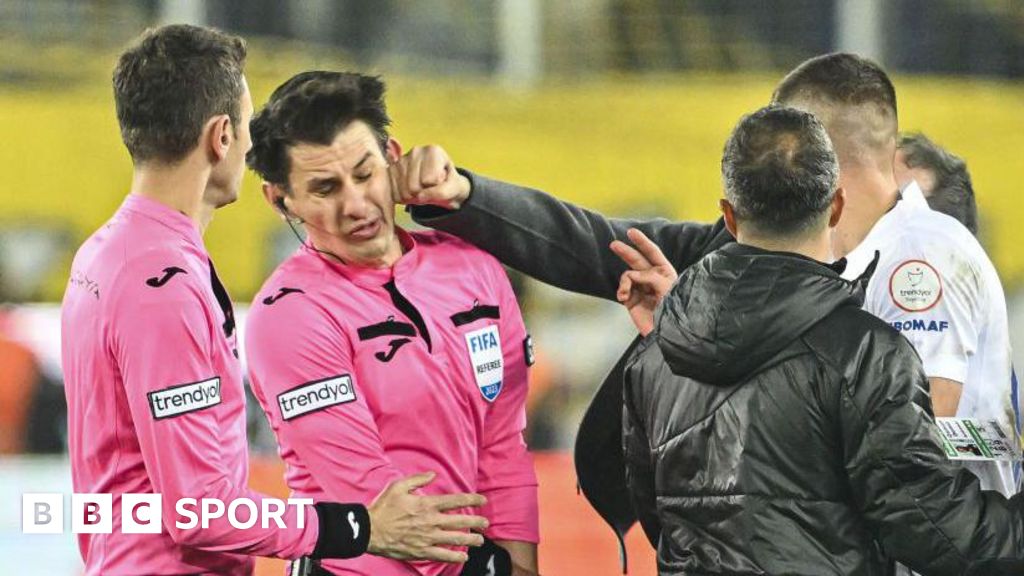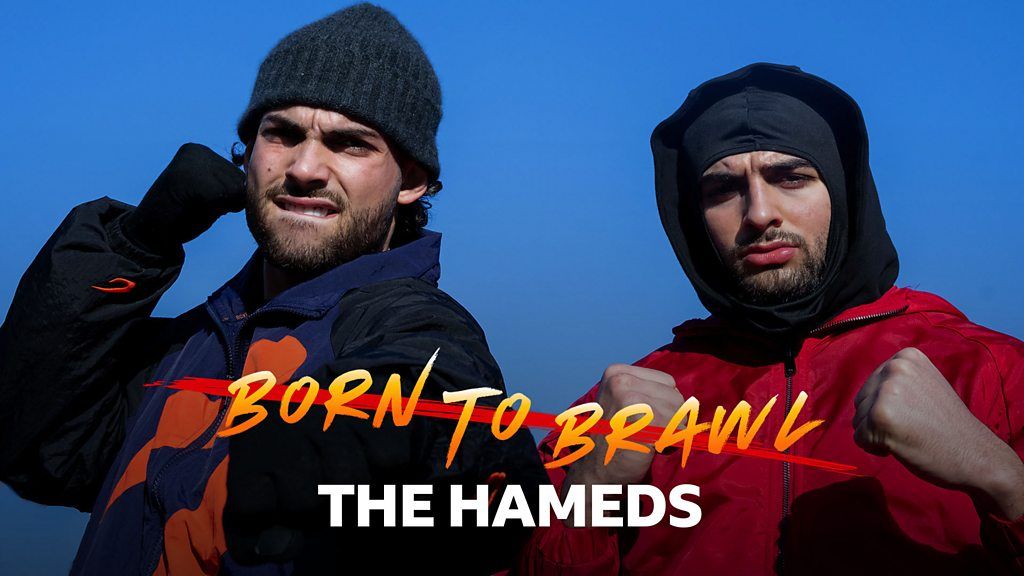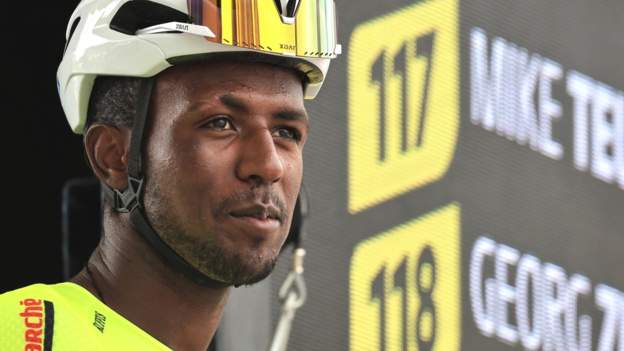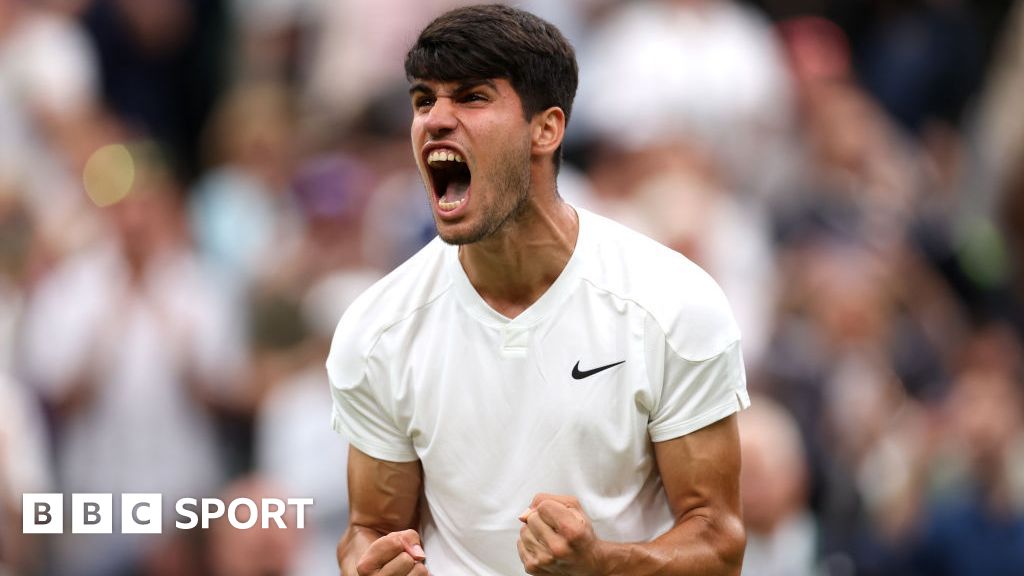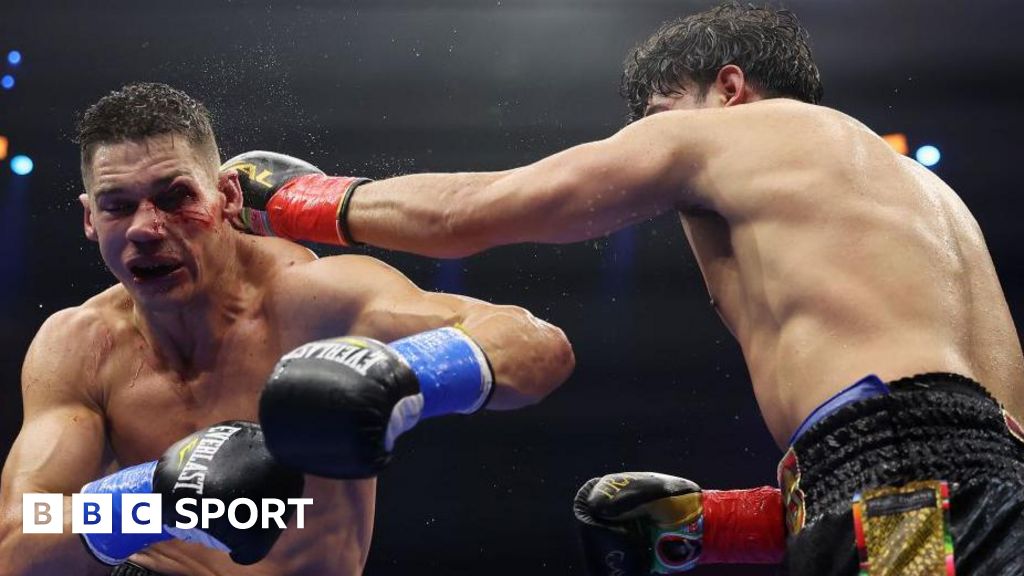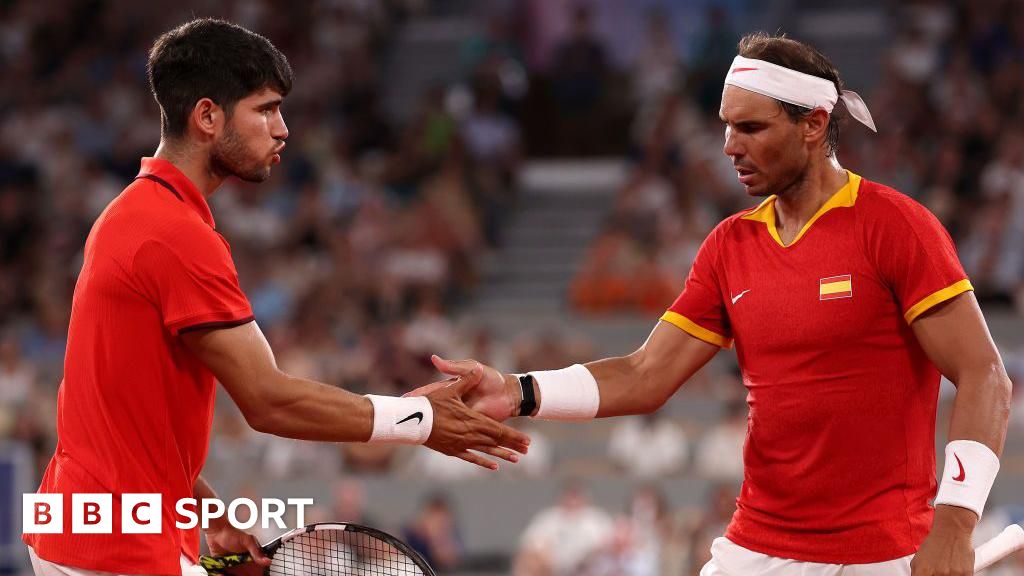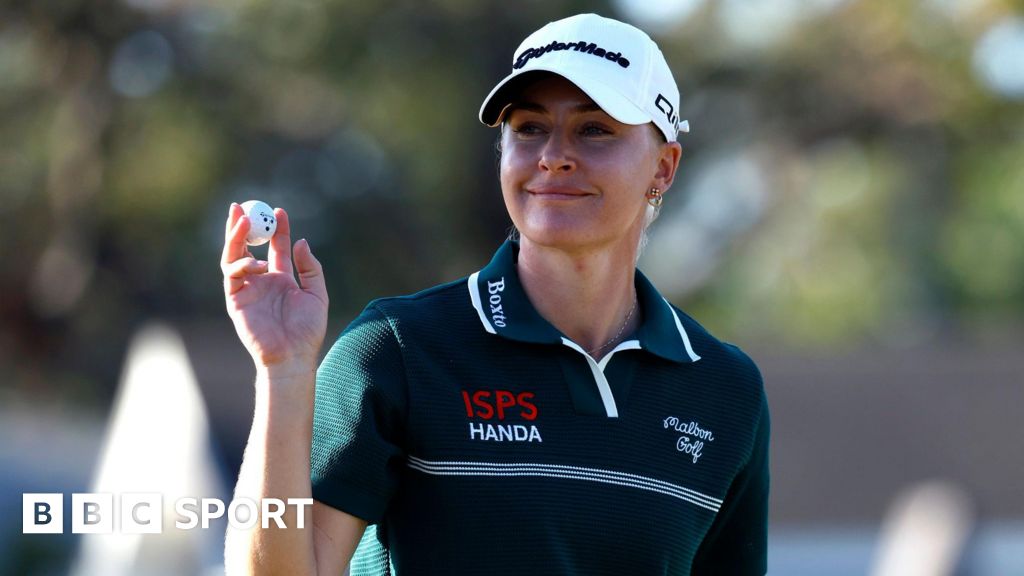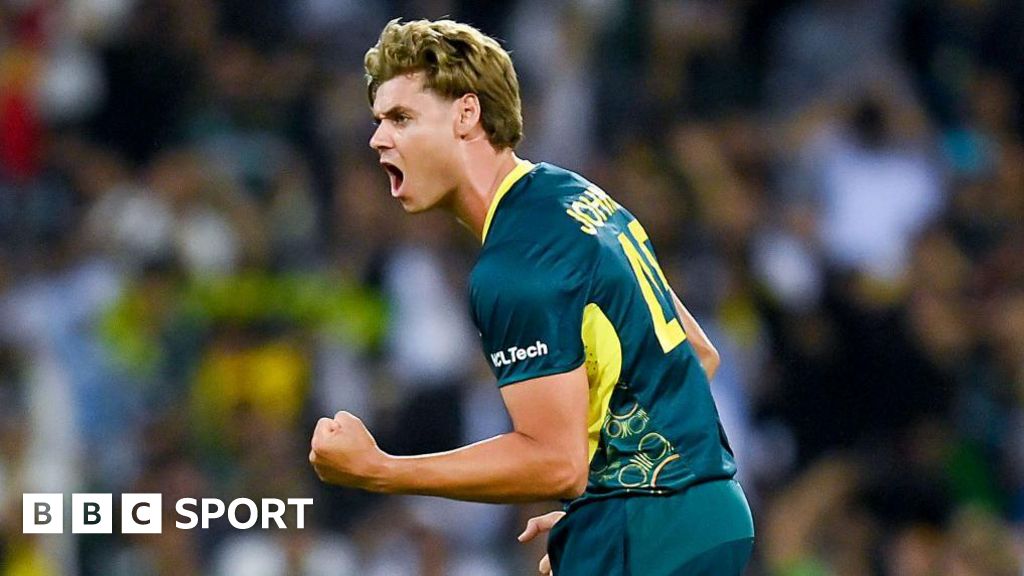“On that tennis court I don’t feel blind, I feel like an equal. It’s like I’m walking along a beach that goes on for miles and miles and miles.”
Lisa McLaughlin’s life changed forever when, aged 20, she woke up one morning and, in her words, felt like she was looking through a frosted glass window.
The Holywood native went straight to the hospital and, by lunchtime, had been diagnosed as being blind.
Literally overnight, she had lost her sight, with doctors believing it was likely a result of her being born three months premature and the blood vessels in her eyes not having had the chance to form properly.
“I was fully sighted right up until I woke up that morning but by 2pm I couldn’t see anything at all,” explained Lisa, who is a member of Windsor Tennis Club in Belfast and coached by Simon Harrison.
“It was life-altering. I basically had to learn how to do everything again, to walk and, as ridiculous as it sounds, to learn how to feed myself again without spilling it over myself.
“It was hard to deal with but, fast forward 20 years, here I am representing Ireland at the World Games.”
Indeed. In truly remarkable fashion, one of the new things 40-year-old Lisa learned to do is play blind tennis. She first picked up a racket five years ago, having never played when she was fully sighted, and soon found herself being selected for Ireland.
This week, she is part of the Ireland tennis team that is in Birmingham to take part in the International Blind Sport Federation World Games, where she will go up against players from a range of countries, including Mexico and Italy.
“Tennis gives me something to focus on,” Lisa says. “Once I am on that court, it is like my freedom and my independence come back.
“I have this area where I just know that I can run and go from A to B, and feel safe doing it without any hurdles in the way.”
‘Our ears are our eyes’
For those unfamiliar with blind tennis, the rules and concept are largely the same as regular tennis but played on a slightly smaller court. The ball is, roughly, two and a half times bigger than a regular tennis ball, is made of a much softer material and has a bell or rattle inside it. There are no modifications to the racket.
There are different classifications, according to the players’ level of sight. Lisa is a B1 classification, which means the ball is allowed up to three bounces, while there is just one bounce allowed for the B4 classification, for those who are partially sighted.
“That [the sound of the ball] is what we feed off and what we listen out for,” she says.
“For a B1 player at least, our ears are our eyes. I’m totally working off sound. People say it is incredible. It has come through years of practice and zoning everything else out and zoning in on the ball.
“Everything else just becomes a complete and utter blur behind you. It is about tuning your ears to listen for the ball. It sounds difficult and it is difficult – it’s challenging.”
Held every four years, this is the first year tennis has been included in these Games and the action takes place from Wednesday until Sunday.
Asked about her chances of success, Lisa has a very telling answer.
“To be honest, I don’t think that far ahead. Just the fact that I am sitting with the Ireland jersey on and representing my country, to me, that already makes me a winner. Anything else on top of that is a bonus.”
Second chance after being knocked over

One of Lisa’s team-mates on the Ireland panel, and also a Windsor club-mate, is Doris Finley.
Doris, 50, has been partially sighted since birth and plays in the B4 classification, meaning the ball is only allowed to bounce once.
She is hugely excited about playing in the Games this week, even more so given that she was denied her first chance of playing for Ireland in 2018.
“I’ve been playing tennis for about six years and got selected to represent Ireland in Spain [at the Blind Tennis World Championships] in 2018,” she explained.
“I was all ready to go and then I got hit by a car about eight weeks before the tournament. I broke my shoulder and couldn’t go so I am determined to make the most of this second opportunity.”
Doris was introduced to blind tennis by the Royal National Institute of Blind People and, while admitting she was sceptical at first, says she loves everything the sport has to offer.
“I got a phone call to say they were doing a taster session for blind tennis and I sort of laughed but I went along and soon got addicted to it. I absolutely love it,” she continued.
“It takes a good six months to learn the technique and to get yourself confident tracking the ball. You have to either listen for the ball or you have to track it when it comes over the net at you.
“Most people would probably have the same reaction that I had – ‘blind tennis?’ But it is very competitive – there is a lot of running so you have to have a certain level of fitness.
“The biggest challenge for me is only getting one bounce and, because the ball is sponge, when it hits the ground it kind of dies so you have to really hit the ball hard to get it over the net.”

